consuming excessive carotenoids may cause
 What Are Carotenoids? | Live Science
What Are Carotenoids? | Live ScienceNutritionVitamin A: Benefits, Deficiency, Toxicity and MoreVitamin A is a fat-soluble nutrient that plays a vital role in your body. It exists naturally in the foods you eat and can also be consumed through supplements. This article analyzes vitamin A, including its benefits, food sources, as well as the effects of deficiency and toxicity. Although vitamin A is often considered a unique nutrient, it is really the name of a group of soluble compounds, including retinol, retina and retinal esters (). There are two forms of vitamin A found in food. Preformed vitamin A — retinol and retinile esters — is produced exclusively in animal products, such as, liver and fish, while provitamin Carotenoids are abundant in vegetable foods such as fruits, vegetables and oils (). To use them, your body should convert both forms of vitamin A to retinine and retinoic acid, the active forms of vitamin. Because vitamin A is, it is stored in body tissue for later use. Most of the vitamin A in your body is stored in your liver in the form of retinal shelves (). These esters are then decompose in all-trans-retinol, which binds to the retinol binding protein (RBP). Then enter your bloodstream, at which point your body can use it (). Summary of vitamin A is the generic term for a group of soluble compounds found in both animal and plant foods. Vitamin A is the generic term for a group of soluble compounds found both in animal and plant foods. Vitamin A is essential for your health, supporting cell growth, immune function, fetal development and vision. Perhaps one of the most well-known functions of vitamin A is its role in vision and . Retina, the active form of vitamin A, combines with the osin protein to form the rodopsine, a molecule necessary for the color vision and low light vision (). It also helps to protect and maintain the cornea—the outermost layer of your eye—and the conjunction—a thin membrane that covers the surface of your eye and the inside of your eyelids (). In addition, vitamin A helps maintain superficial tissues such as skin, intestines, lungs, bladder and inner ear. Supports the immune function by supporting the growth and distribution of T cells, a type of white blood cells that protect your body from infection (). In addition, vitamin A is compatible with healthy skin cells, male and female reproduction and (). Summary of vitamin A is necessary for eye health, vision, immune function, cell growth, reproduction and fetal development. Vitamin A is necessary for eye health, vision, immune function, cell growth, reproduction and fetal development. Vitamin A is an important nutrient that .Potent AntioxidantProvincetamine Carotenoids such as betacarotene, alphacarotene and beta-cryptoxantins are precursors of vitamin A and have . Carotenoids fight against free radicals — highly reactive molecules that can damage their body by creating oxidative stress (). Oxidative stress has been related to several chronic diseases such as diabetes, cancer, heart disease and cognitive impairment (). High carotenoid diets are associated with a lower risk of many of these conditions, such as heart disease, lung cancer and diabetes (, , ).Essential for eye health and prevents macroular degeneration As mentioned above, vitamin A is essential for eye vision and health. proper dietary intake of vitamin A helps protect against certain eye diseases, such as degeneration. Studies show that higher blood levels of beta-carotene, alpha-carotene and beta-cryptoxanthin can reduce your risk of AMD to 25% (). This risk reduction is linked to the protection of carotenoid nutrients from macular tissue by reducing oxidative stress levels. It can be protected against certain cancers Due to its antioxidant properties, fruits and vegetables rich in carotenoids can be protected against certain types of . For example, a study conducted in more than 10,000 adults determined that smokers with the highest blood levels of alphacarotene and beta-cryptoxantine had a risk of death of the lung cancer of 46% and 61%, respectively, that non-smoking with the lowest intake). In addition, test-tubo studies show that retinoids can inhibit the growth of certain cancer cells, such as bladder, breast, and ovarian cancer (). Vital for fertility and fetal developmentVitamin A is essential for both men and women because it plays a role in the development of sperm and egg. It is also critical for placental health, the development and maintenance of fetal tissue, as well as fetal growth (). Therefore, vitamin A is integral to maternal and fetal health and to those who try to conceive. Boost Your Immune System Vitamin An impact on immune health by stimulating responses that protect your body from diseases and infections. Vitamin A is involved in the creation of certain cells, including B and T cells, which perform central functions in immune responses that protect against disease. A deficiency in this nutrient leads to higher levels of pro-inflammatory molecules that decrease and function (). Vitamin Summary A positive impact on health by maintaining oxidative stress in control, boosting your immune system and protecting against certain diseases. Vitamin A positive impact on health by maintaining oxidative stress in control, boosting your immune system and protecting against certain diseases. Although vitamin A deficiency is rare in developed countries such as the United States, it is common in developing countries, as these populations may have limited access to preformed and provitamin A vitamin A food sources. Vitamin A deficiency can cause serious health complications. According to WHO, it is the main cause of preventable blindness in children around the world. Vitamin A deficiency also increases the severity and risk of dying from infections such as measles and diarrhea (, ). A deficiency increases the risk of anemia and death in pregnant women and negatively affects the fetus by reducing growth and development (). Less severe symptoms of vitamin A deficiency include skin problems such as hyperkeratosis and acne (, ). Certain groups such as premature babies, people with cystic fibrosis and pregnant or lactating women in developing countries are more at risk of vitamin A deficiency (). Vitamin Summary A deficiency can lead to blindness, increased risk of infection, pregnancy complications, and skin problems. Vitamin A deficiency can lead to blindness, increased risk of infection, pregnancy complications, and skin problems. There are many preformed vitamin A and provitamin A carotenoids. Preformed vitamin A is more easily absorbed and used by your body than the plant sources of provitamin A carotenoids. The ability of your body to effectively convert carotenoids, such as beta-carotene, into active vitamin A depends on many factors, including genetics, diet, general health, and medicines (). For this reason, those who follow plant-based diets—especially—must be vigilant about getting enough carotenoid-rich foods. Higher foods in preformed vitamin A are: High foods in provitamin Caroteneids such as betacarotene include (, ): preformed vitamins of mummia A exist in animal foods such as liver, salmon and egg yolks, while provitamin Carotenoids are found in vegetable foods, including sweet potatoes, cabbage and cabbage. Preformed vitamin A exists in animal foods such as liver, salmon and egg yolks, while provitamin Carotenoids are found in vegetable foods, including sweet potatoes, cabbage and cabbage. Since vitamin A deficiency can negatively affect health, getting too much can also be dangerous. The recommended daily allowance (RDA) for vitamin A is 900 mcg and 700 mcg per day for men and women, respectively, which can be easily reached by following a whole food diet (). However, it is important not to exceed the tolerable upper limit (UL) of 10,000 IU (3,000 mcg) for adults to prevent toxicity (). Although it is possible to consume excessive preformed vitamins Through animal-based sources such as the liver, toxicity is more commonly linked to excessive intake of supplements and treatment with certain medicines, such as isotretinoin (, ). A is soluble in fat, stored in your body and can reach unhealthy levels over time. Taking too much vitamin A can lead to severe side effects and can even be fatal if swallowed at extremely high doses. Acute Vitamin A toxicity occurs during a short period of time when a single and excessively high dose of vitamin A is consumed, while chronic toxicity occurs when doses are ingested more than 10 times the GDR for a longer period of time (). The most common side effects of chronic vitamin A toxicity, often called hypervitaminosis A, include: Although it is less common than chronic vitamin A toxicity, acute vitamin A toxicity is associated with more severe symptoms, such as liver damage, increased cranial pressure and even death (). In addition, the toxicity of vitamin A may negatively affect maternal and fetal health and may lead to birth defects (). To avoid toxicity, stay away from high-dose vitamin A supplements. The UL for vitamin A applies to sources of animal foods of vitamin A, as well as vitamin A supplements. High intake of dietary carotenoids is not associated with toxicity, although studies link beta-carotene supplements with a higher risk of lung cancer and heart disease in smokers (). From too much vitamin A can be harmful, consult with your doctor before taking vitamin A supplements. Vitamin Abstract Toxicity can cause symptoms, such as liver damage, vision disorders, nausea and even death. High-dose vitamin A supplement should be avoided unless prescribed by your doctor. Vitamin Toxicity can cause symptoms such as liver damage, vision disorders, nausea, and even death. High-dose vitamin A supplement should be avoided unless prescribed by your doctor. Vitamin A is a vital fat-soluble nutrient for immune function, eye health, reproduction and fetal development. Both surplus deficiency and intake can cause serious side effects, so while it is crucial to meet the GDR of 700–900 mcg per day for adults, do not exceed the upper daily limit of 3,000 mcg. A is a great way to provide your body with a safe amount of this essential nutrient. Read this now.
/carotenoids-benefits-side-effects-dosage-and-interactions-4570948_final-0ffba0566be7480b8769e7b05d670953.png)
Carotenoids: Benefits, Side Effects, Dosage, and Interactions

Carotenoids | Dietary Reference Intakes: The Essential Guide to Nutrient Requirements | The National Academies Press

Carotenoids | Dietary Reference Intakes: The Essential Guide to Nutrient Requirements | The National Academies Press

Consuming excessive carotenoids may cause A fetal malformations B yellowing of | Course Hero

Beta Carotene: Benefits, Foods to Eat, and More

Vitamin A: Benefits, Deficiency, Toxicity and More
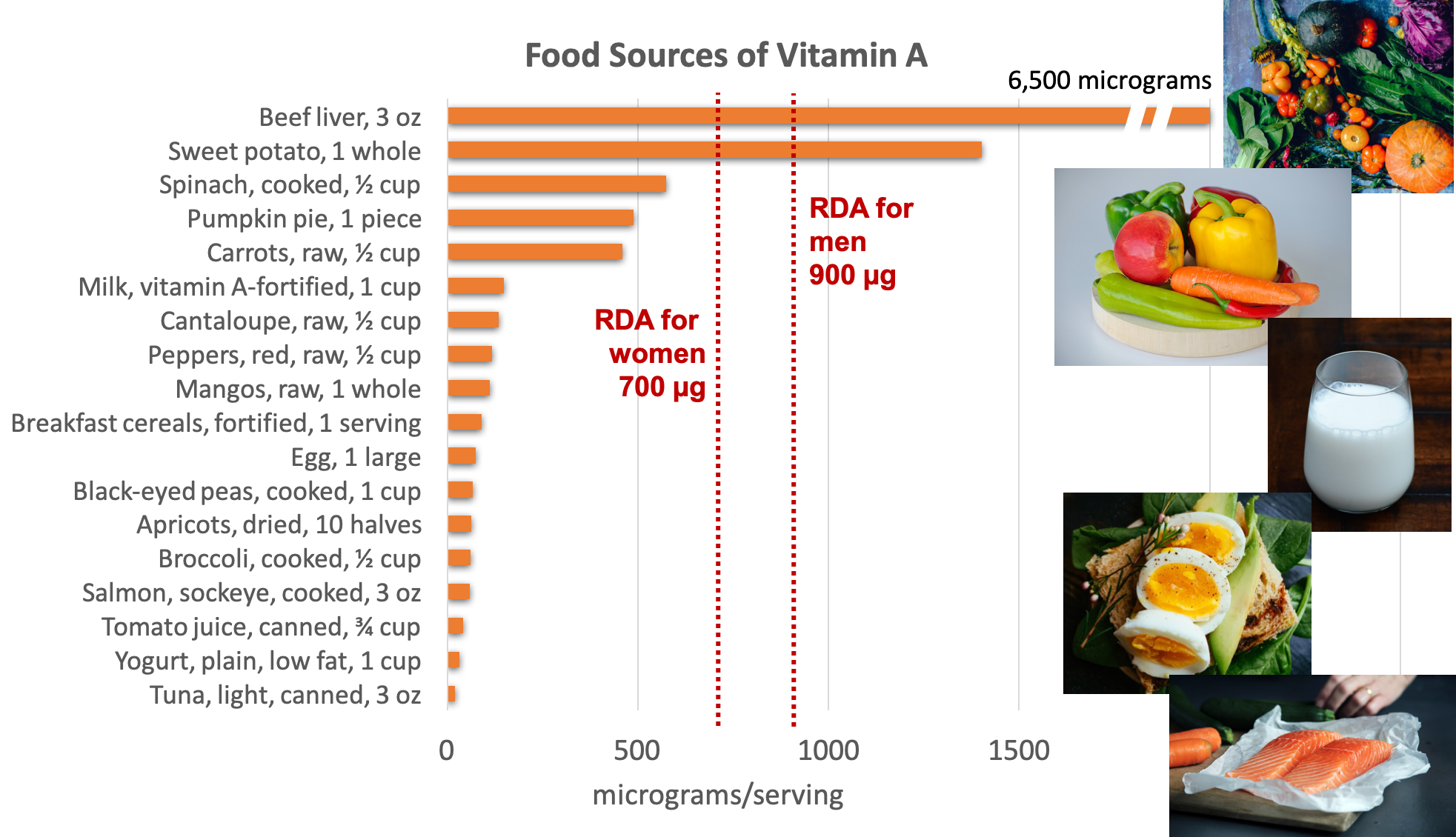
8.7: Vitamins Important for Vision - Medicine LibreTexts

Carotenoids | Linus Pauling Institute | Oregon State University

Carotenoids: Everything You Need to Know
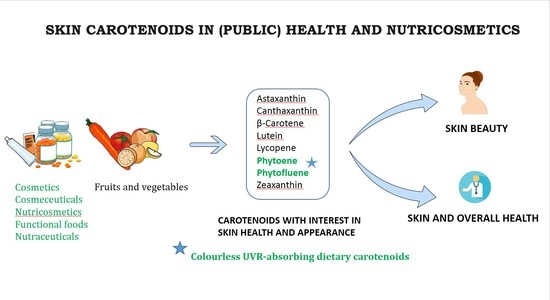
Nutrients | Free Full-Text | Skin Carotenoids in Public Health and Nutricosmetics: The Emerging Roles and Applications of the UV Radiation-Absorbing Colourless Carotenoids Phytoene and Phytofluene | HTML

Carrots 101: Nutrition Facts and Health Benefits

Carotenoids - ScienceDirect
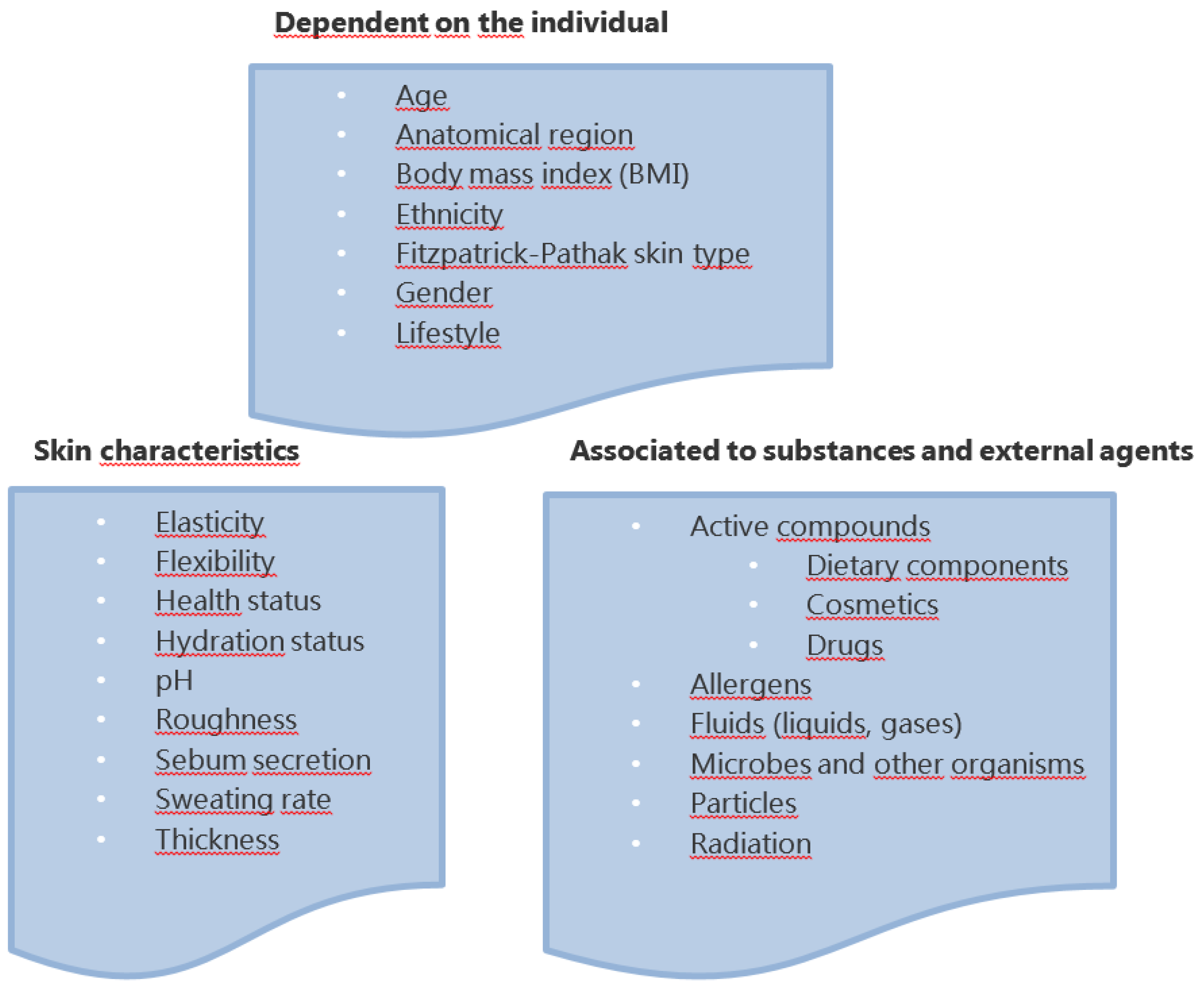
Nutrients | Free Full-Text | Skin Carotenoids in Public Health and Nutricosmetics: The Emerging Roles and Applications of the UV Radiation-Absorbing Colourless Carotenoids Phytoene and Phytofluene | HTML

Carotenoids | Dietary Reference Intakes: The Essential Guide to Nutrient Requirements | The National Academies Press
Gender differences in the dietary intake of antioxidants in young adults

Carotenoids | Linus Pauling Institute | Oregon State University
Gender differences in the dietary intake of antioxidants in young adults

Consuming excessive carotenoids may cause A fetal malformations B yellowing of | Course Hero

References in Insights of hypercarotenaemia: A brief review - Clinical Nutrition ESPEN
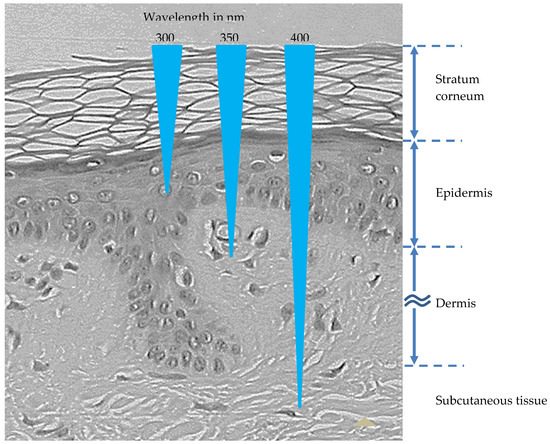
Nutrients | Free Full-Text | Skin Carotenoids in Public Health and Nutricosmetics: The Emerging Roles and Applications of the UV Radiation-Absorbing Colourless Carotenoids Phytoene and Phytofluene | HTML

What is beta carotene? What are the benefits?

Carotenoids | Dietary Reference Intakes: The Essential Guide to Nutrient Requirements | The National Academies Press

Oversupplementation of Vitamin A and Osteoporotic Fractures in the Elderly: To Supplement or Not to Supplement With Vitamin A - Anderson - 2002 - Journal of Bone and Mineral Research - Wiley Online Library
/lycopene-health-benefits-4684446-primary-recirc-999cb34711fe4e66bb12ffae3e2081ce.jpg)
Lycopene: Benefits, Side Effects, and Interactions

Can Too Much Beta-Carotene Cause Yellow Skin?

Solved: Consuming Too Much Of Vitamin C Has Serious Conseq... | Chegg.com

PDF) Skin Carotenoids in Public Health and Nutricosmetics: The Emerging Roles and Applications of the UV Radiation-Absorbing Colourless Carotenoids Phytoene and Phytofluene

Antioxidants: In Depth | NCCIH

Carotenoids | Linus Pauling Institute | Oregon State University
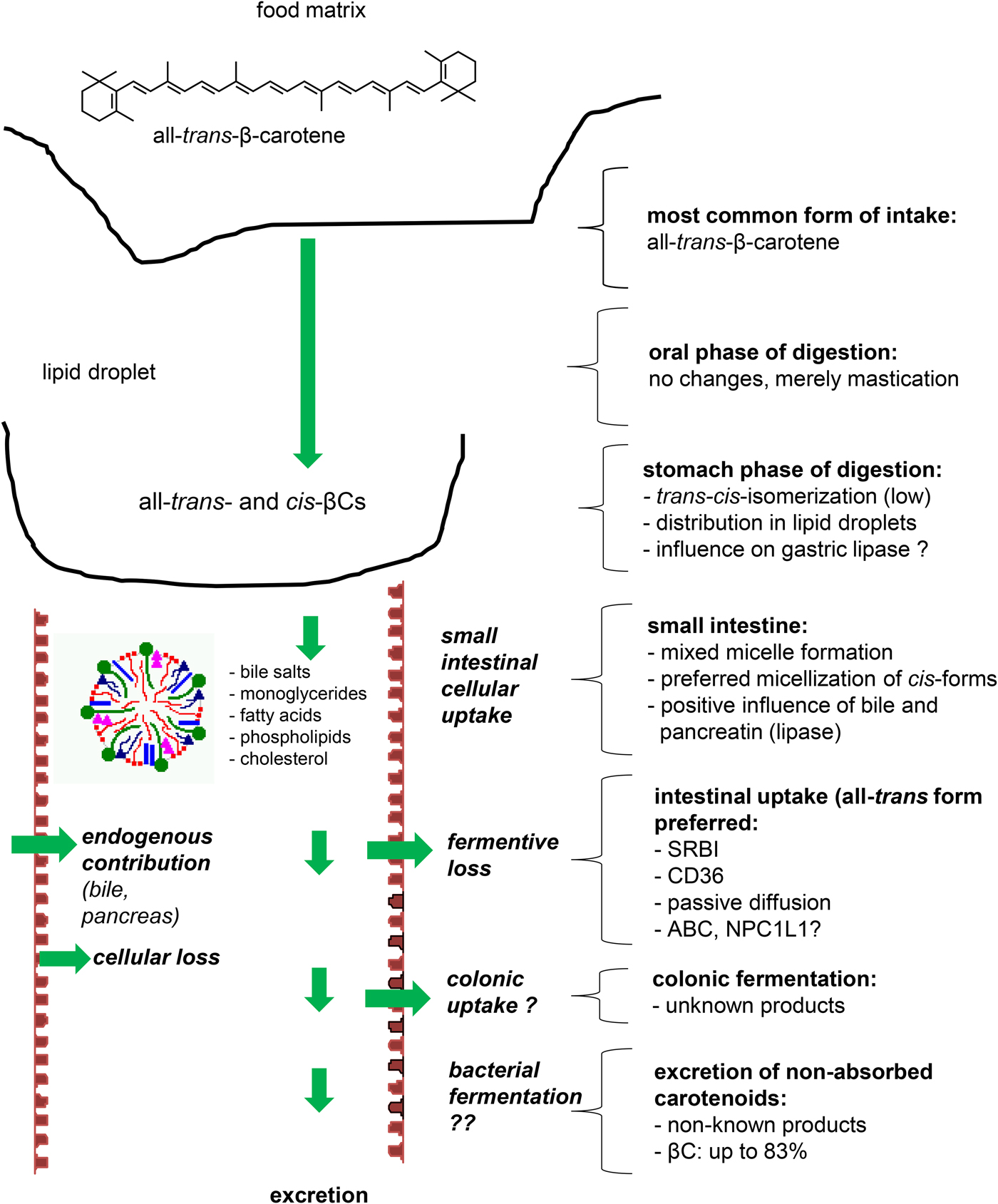
β-Carotene in the human body: metabolic bioactivation pathways – from digestion to tissue distribution and excretion | Proceedings of the Nutrition Society | Cambridge Core

Carotenoids - ScienceDirect

Association of carotenoids with risk of gastric cancer: A meta-analysis - Clinical Nutrition
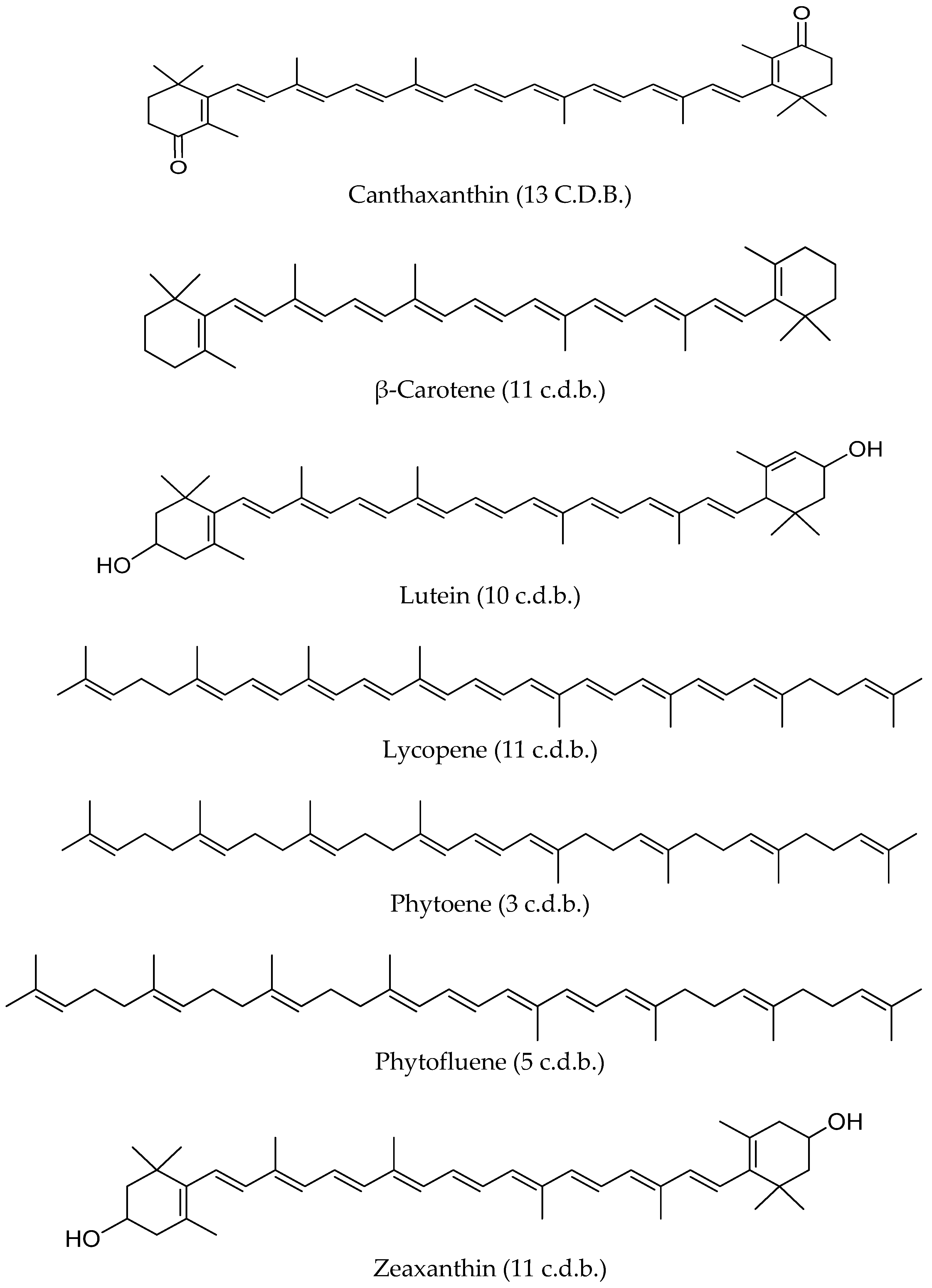
Nutrients | Free Full-Text | Skin Carotenoids in Public Health and Nutricosmetics: The Emerging Roles and Applications of the UV Radiation-Absorbing Colourless Carotenoids Phytoene and Phytofluene | HTML

What is beta carotene? What are the benefits?
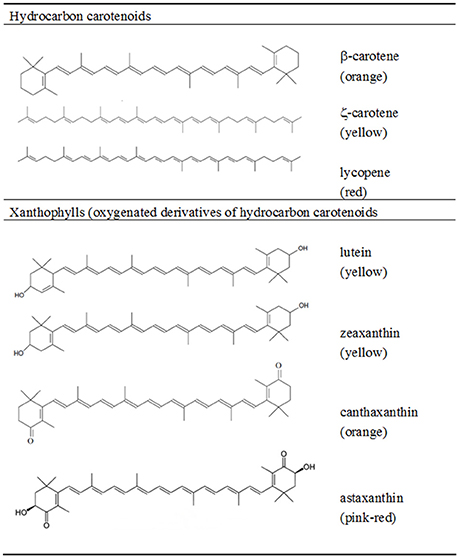
Frontiers | Carotenoids in Aquatic Ecosystems and Aquaculture: A Colorful Business with Implications for Human Health | Marine Science

PDF) Carotenoids and fatty liver disease: Current knowledge and research gaps
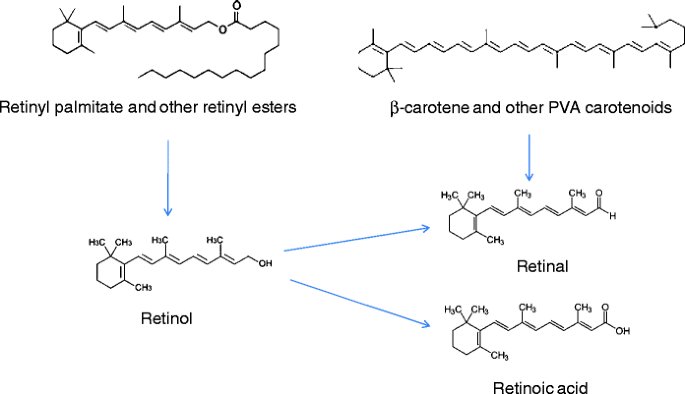
A golden era—pro-vitamin A enhancement in diverse crops | SpringerLink

How Much is Too Much? | EWG

Alpha-Cryptoxanthin - an overview | ScienceDirect Topics
Posting Komentar untuk "consuming excessive carotenoids may cause"